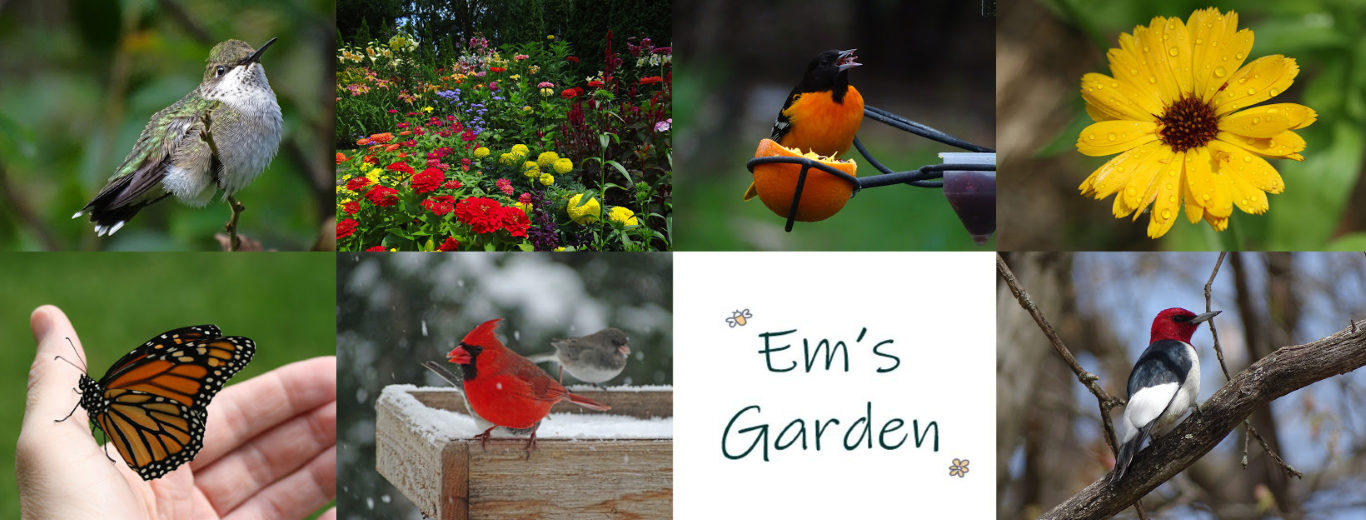I had to crawl on my stomach to capture the scene, but after failing for many spring migration seasons, I FINALLY got some decent photographs of an Indigo Bunting.
Surprisingly, the bird’s feathers do not contain any blue pigment. That brilliant blue we see is a diffraction of light through the bird’s feathers. The color appears brighter on sunny days and darker on cloudy days. When they are sharing the feeder with bright-yellow goldfinches or brilliant-red cardinals the array of colors can take your breath away.
Over the years I’ve found Indigo Buntings to be exasperating to photograph. Other birds let me slowly walk up to the window and snap photos while they’re feeding. And starlings and House Sparrows ignore me completely even when I try to wave at them or knock on the window to scare them off. But the Indigo Buntings sense even the slightest movement and take cover. The second they see me rising from my chair—even though it’s 10 feet away from the window—they fly off before I can even reach for my camera. This year was no exception. The scenario repeated itself for several days.
One morning I walked into the room and spotted one of the birds on the feeder yet again. My camera felt like it was a million miles away, but it was only at an arm’s length. I tried creeping in slow motion toward it, but the bird wasn’t fooled, and away he flew.
That’s when I came up with a better idea. I set my camera on the floor by the door and left the room. About 10 minutes later I peeked through the blinds from another part of the house. He was back. I ran to the room with the big window and crouched down on the floor to grab my camera. I knew if I crawled on my belly toward the window, he wouldn’t be able to see me, so that’s what I did. When I finally got to the window I held my breath and started to sit up slowly by moving in tiny bursts. Every time he bent down to grab a seed, I moved a couple of inches. Remember the playground game “red light, green light?” Well I was playing it with a bird. Once I was in place he didn’t seem bothered by me, and I was able to snap several-dozen photos.
Unlike the wood warblers that migrate through my neighborhood and disappear into Canada for the summer, Indigo Buntings will nest throughout the entire state of Wisconsin during the summer months. They prefer to breed in brushy or weedy areas near the edges of woods or fields. Cities and suburbs don’t provide suitable habitat, so they rest and feed in my neighborhood for a few days, and then they fly off to nest in more rural areas.
I cherish every moment they’re here.


